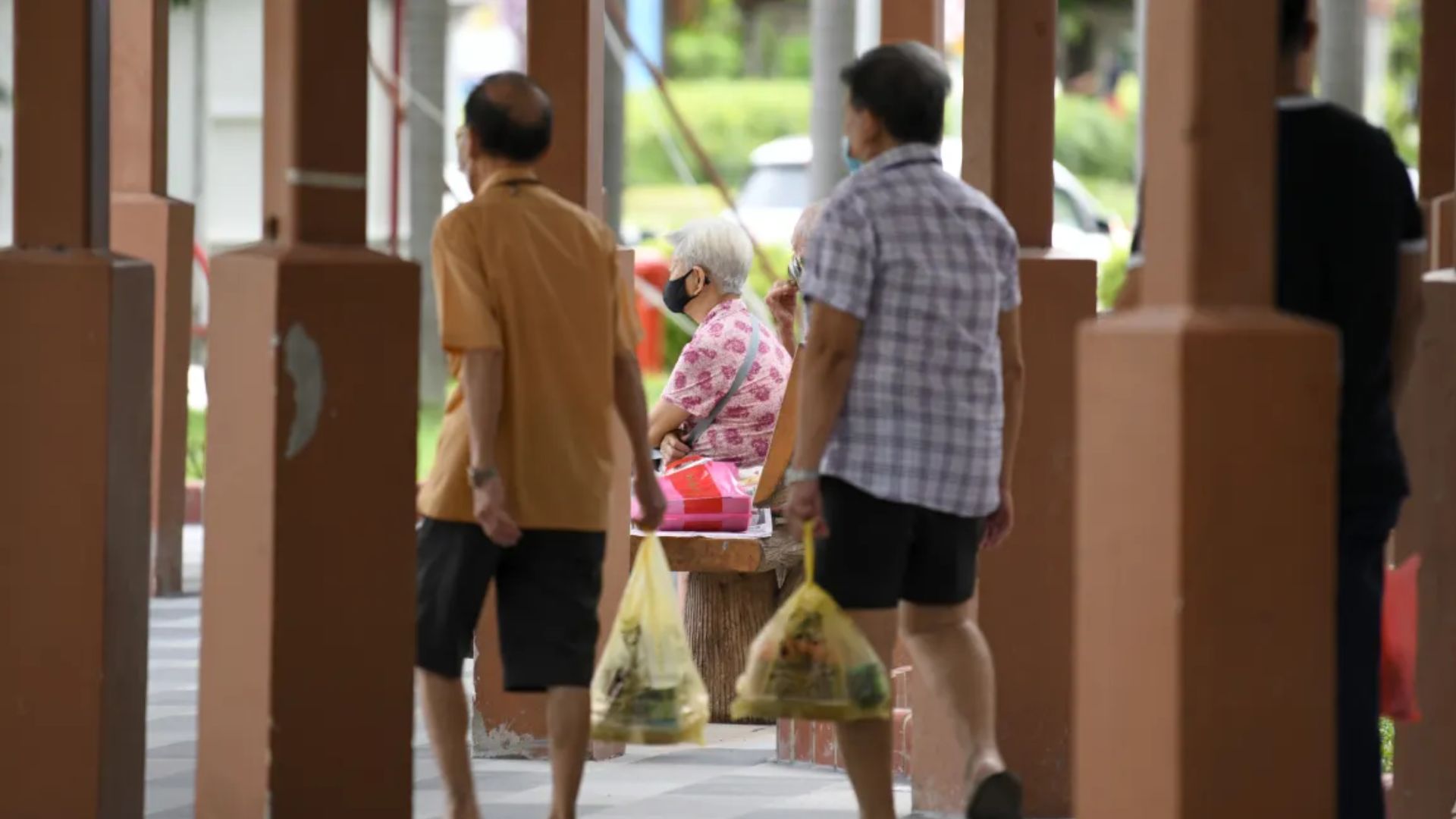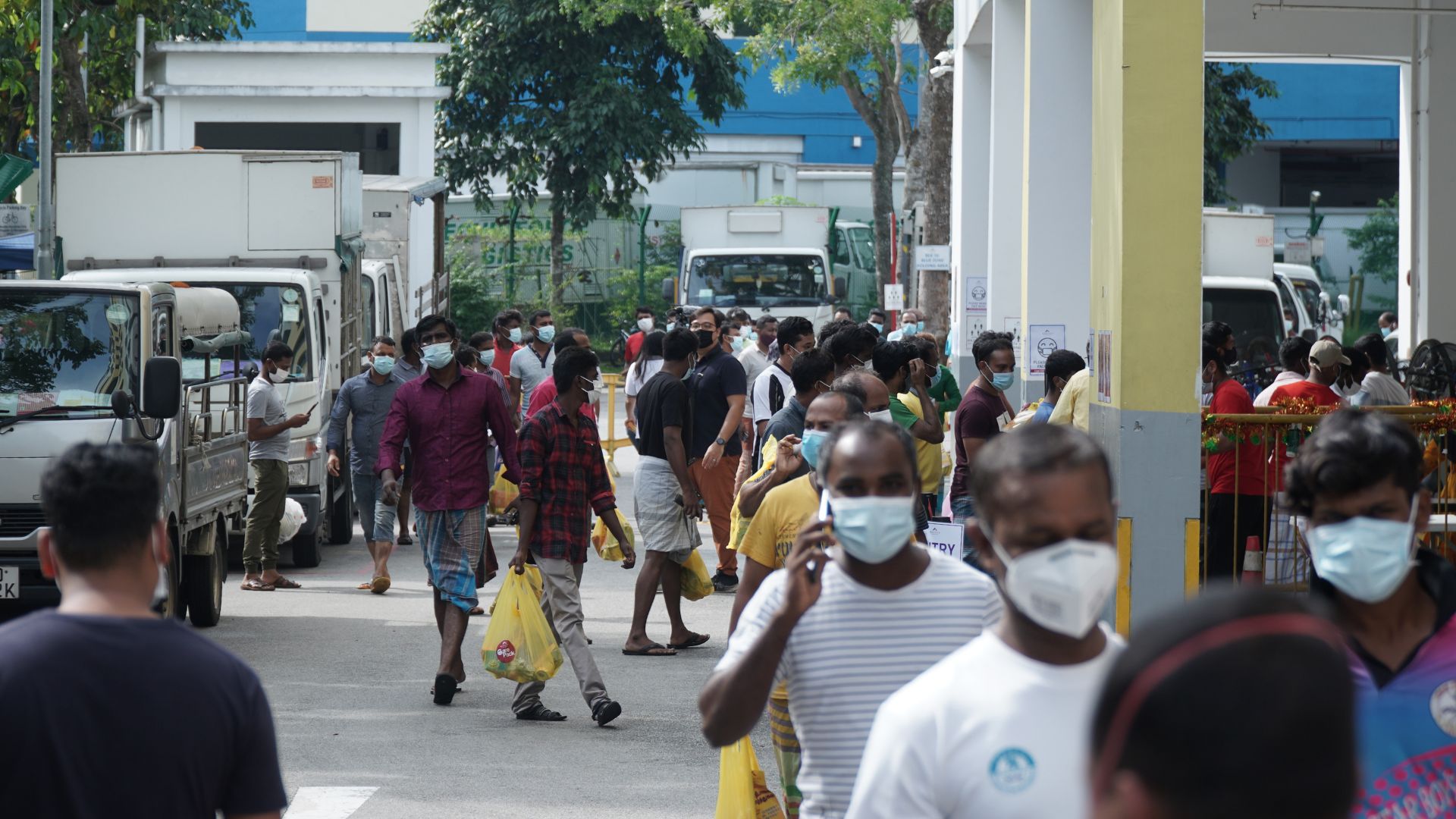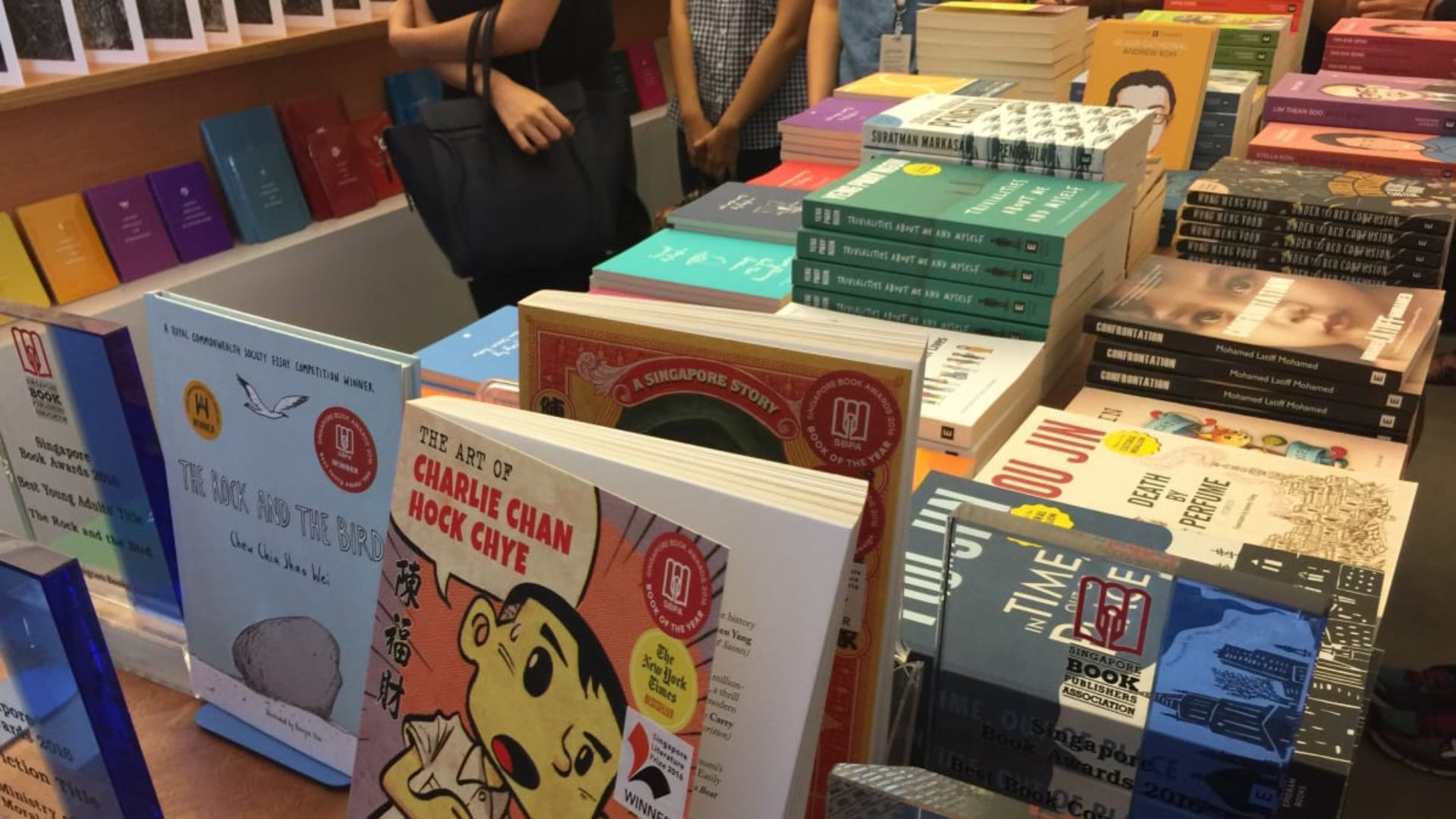Are Singapore’s elderly ageing in place comfortably as the silver tsunami hits and elderly healthcare costs rise nearly tenfold by around 2030?
According to a 2016 report by Marsh & McLennan Companies’ (MMC) new Asia Pacific Risk Center, assuming that current medical cost inflation remains constant, Singapore is projected to spend an average of US$37,427 (S$54,000) on healthcare for each elderly person by 2030, the highest in the Asia-Pacific region.
The cost edged just ahead of Australia, which is projected to spend US$30,827. The report also noted that elderly healthcare across the Asia-Pacific region will cost more than US$20 trillion between 2015 and 2030.
Named “Advancing into the Golden Years – Cost of Healthcare for Asia Pacific’s Elderly”, it covers 14 markets in the region and uses data from the United Nations’ population division, World Bank, as well as Oxford Economics, among others.
But 10 years earlier, a Singapore Civil Service College report said that healthcare in Singapore is based on access to good, affordable and appropriate healthcare for all Singaporeans, through a combination of market forces and Government intervention and infrastructure.
Complementing these measures is the national healthcare financing framework, which is based again on individual responsibility, supported by Government subsidies.
So why the rise?
Individual responsibility rather than a welfare state
A key anchor of Singapore’s unique social security system is the Central Provident Fund (CPF). Under CPF, individuals are responsible for planning and saving for their financial security in old age with help from employers, the Government, and through risk-free interest rates and tops-ups.
CPF accounts are also a key vehicle for delivering other important aspects of social security, such as housing and healthcare.
In 1984, Medisave, a national medical savings scheme, was introduced to help individuals put aside part of their CPF to meet future medical needs for themselves or their immediate family. Six years later, MediShield was set up. It is a co-paid, low-cost insurance scheme that helps cover large hospital bills and selected outpatient treatments. MediShield premiums can be paid using Medisave. It was changed to become MediShield Life in 2015.
The CPF Board administers the Medisave and MediShield schemes. There are other Medisave-approved integrated shield plans that work with private insurers to provide a more comprehensive coverage.
More than 80 per cent of Singaporeans use Medisave to pay for their hospitalisation expenses and about 75 per cent of Singaporeans are covered under MediShield and other approved insurance plans. Unlike some other countries where healthcare benefits enjoy a large government subsidy, the Singapore government emphasises on individual responsibility with some government support.
In 1993, the Government introduced MediFund with an initial capital of $200 million. It is an endowment fund that works like a financial safety net to help needy Singaporeans who face difficulties paying their remaining medical bills despite Medisave and Medishield, and receiving government subsidies. The government injects a capital sum into the fund from time to time, like when budget surpluses are available. The interest income generated from the capital sum is used to provide financial assistance for healthcare bills.
In 2001, an Eldercare Fund was established to subsidise step-down healthcare services for the needy. A year later, ElderShield was introduced as an insurance scheme established to cover severe disabilities, especially in old age.
In recognition that family support may not be sustainable given the trend of smaller families and longer life expectancy, a “basic needs CPF model” was adopted after 1999 to cater to basic living expenses, medical and housing needs in old age.
Less well-off Singaporeans have their Medisave accounts topped up when the national budget permits. Through a public assistance scheme, destitute persons also receive a monthly allowance and free medical services during occasions of illness.
In recent years, the Government has taken steps to refocus the CPF system on its primary objectives of providing for retirement, housing and medical needs. Policy recommendations have been made to ensure more funds for retirement — a positive step was that of increasing Special Account contribution rates when the CPF contribution rate was restored to 40 percent and enhancing returns on CPF balances.
Financially unprepared
As a result, public awareness on the importance of preparing for retirement early has increased in the past five years. Still, many Singaporeans are relying heavily on personal savings and family support and are not adequately prepared for their financial needs in their old age.
A 2021 Manulife survey on Singaporeans’ retirement saving priorities and attitudes has revealed that over 7 in 10 of retired respondents regretted not saving for retirement sooner and almost half of them wished they had invested in a retirement plan.
The survey polled 1,000 Singaporeans aged 21 to over 60, across a spectrum of working adults, pre-retirees and retirees, to uncover the status and sentiments of those about to retire versus those already in their golden years.
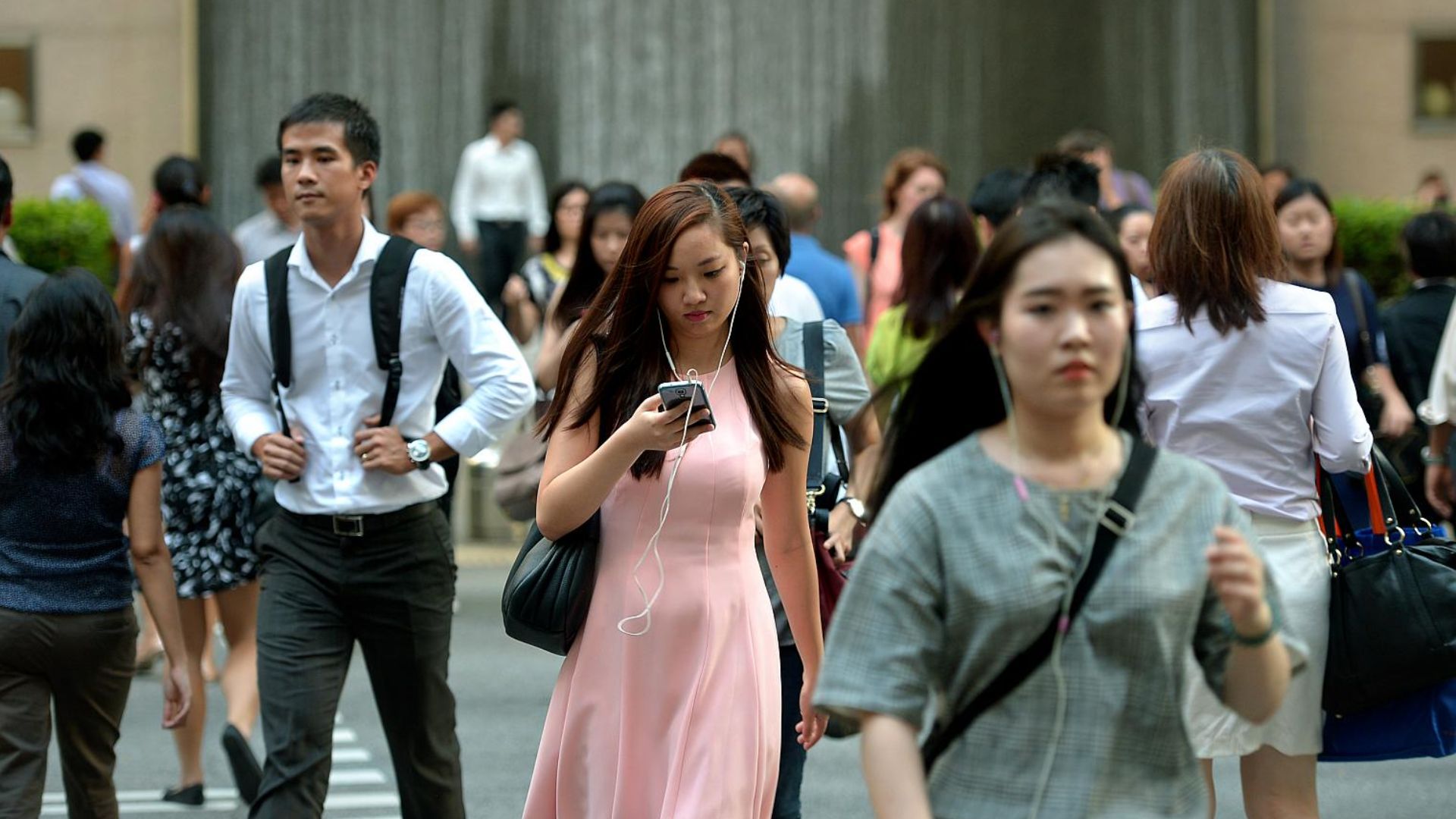
Financial planner Ada Wong, in her 30s, says it is hard to determine a minimum sum at which an elderly person can survive after retirement and/or stopping work at the rate of inflation is skyrocketing during the last 36 months, exacerbated by the conflict in Ukraine, supply chain disruptions and the COVID-19 pandemic.
“But I believe it is possible for a reasonably healthy man or woman in the 60s or 70s to be able to live well on a payout of $2,000 monthly. However, this is contingent on good health, choosing simple and nutritious food, and minimising high-cost items such as overseas travel,” she says.
“It is also important for couples to have their own independent personal medical insurance plans. Better still, for individuals and couples to begin their financial planning and savings during their youth, if possible. Medical care in Singapore is excellent and largely affordable, but costs for high-end medical interventions such as cancer treatment are still expensive for many people,’’ Ms Wong adds.
Coping with unexpected storms
But what about seniors who are living with an illness? Or their caregivers who have to care for and financially support them?
Founder of SG Assist Adrian Tan, 36, had to contend with financial constraints while he was still in his 20s.
He tells TheHomeGround Asia he had just completed National Service when his mother was diagnosed with breast cancer. She was only in her 40s and his younger siblings were still in school then.
‘’She had to undergo chemotherapy and had breast surgery. She soon went into depression, and my father and I became her caregivers. Dad also became the main breadwinner,’’ he says.
The cost of the chemotherapy took out a big chunk from the Medisave accounts of both parents and had even led to increasing debts. His mother’s depression eventually resulted in frequent quarrels between husband and wife and became so bad that the family sought counselling at a nearby Family Service Centre (FSC).
But Mr Tan was surprised that the FSC staff focused on the family’s household income instead of the problems his family was facing and eventually informed the Tans they were not entitled to any subsidies or subsidised counselling as they failed the means testing.
‘’We had to get counselling from the private sector. The FSC did not inquire further. We did not meet the means test, but our financial situation was dire because of our heavy debts,’’ he says.
Mr Tan feels this reliance on means testing excludes many families that face severe debts because of rising medical costs, and who need subsidised services “as much as those who are in lower-income brackets”.
His family situation prompted him to work while studying at the ITE and polytechnic to earn money for himself and help support his younger siblings with their school expenses. While he recognised the importance of means testing, Mr Tan says the FSC could have exercised some “heart” when dealing with his request for help, not just following the rules to the letter.
“Amid Covid-19, many middle-income families such as mine were badly affected financially when their breadwinners lost their jobs or had their incomes reduced drastically. Medical costs for treatment of conditions such as cancer are rising, not falling, and this can put a lot of pressure on caregivers,” he says.
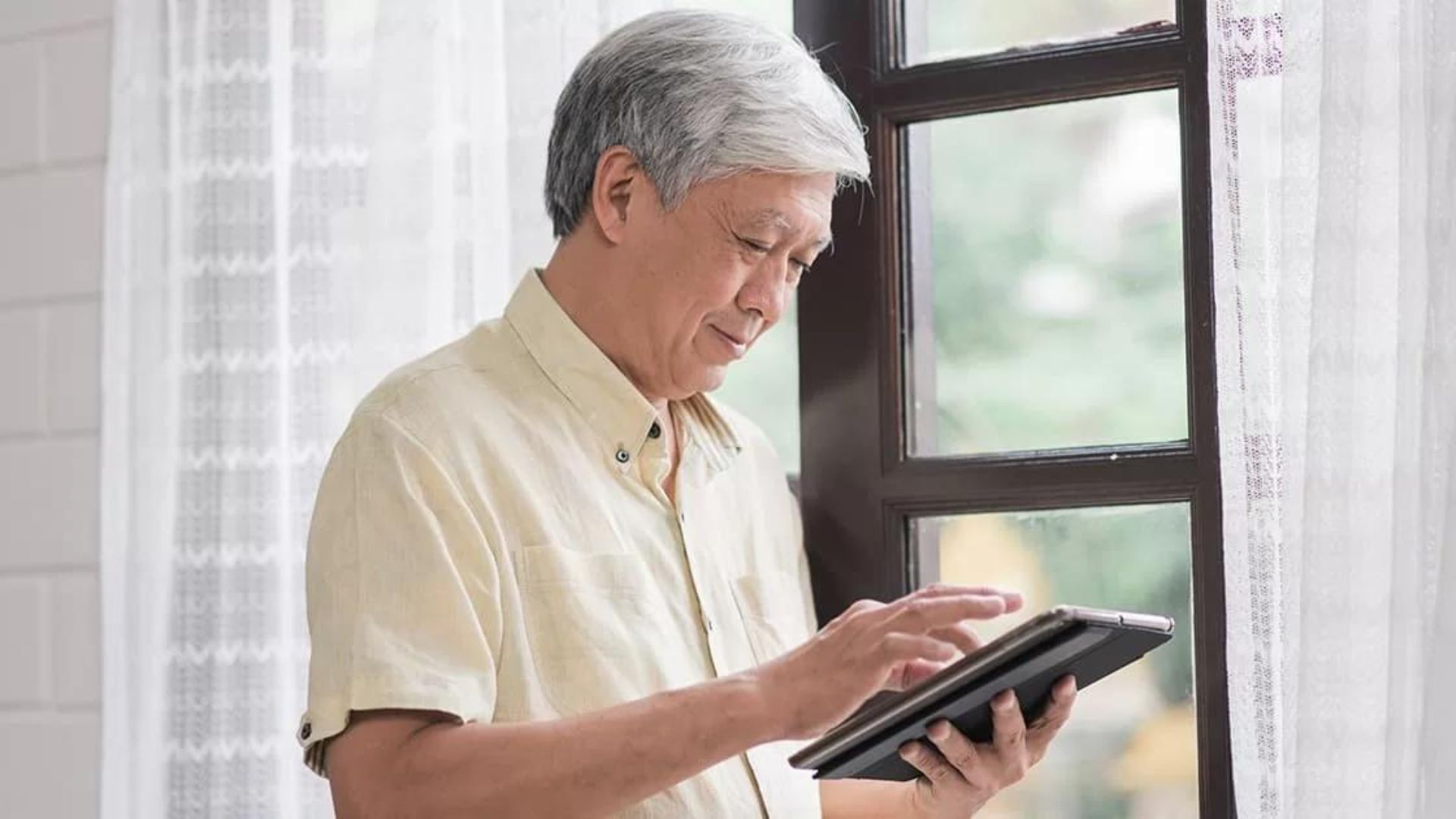
Ironically, had Mr Tan not been living with his parents, they might have been eligible for subsidies that would have helped them greatly.
“Because I was living with them, our combined incomes made us ineligible for subsidies according to the means test — but by a narrow margin,’’ he says.
Mr Tan says as Singaporeans live longer, many retirees do not have enough savings set aside to look after their long-term needs, adding that many who live alone are surviving mainly on canned food or cooking simple meals to save costs — sometimes at the expense of their nutrition.
“Lower-end nursing homes cost about $100 monthly for a resident but their amenities are basic. Higher-end nursing homes can cost between $1,500 and $3,000 per month per person. That is quite a lot for a retiree who lives alone with little or no family support,” he says.
“But many nursing homes have waiting lists too, some as long as three months. By the time a retiree or low-income wage earner gets a place, the costs may have risen so high he can no longer afford to stay there,” he adds.
The Agency for Integrated Care (AIC) estimates that the basic cost to stay in a nursing home, before subsidies, ranges from $2,000 to $3,600 a month. At a premium home, this might be in the range of $7,000 to $8,000 a month.
One concern when it comes to the financial security of seniors is that a significant number of them are “asset-rich but cash-poor”. There are schemes that are in place to allow them to monetise their assets. These include reverse mortgages or have the seniors downgrade to smaller flats or even sublet their flats to add to their income.
Staying employable
Another way to build individual income is having seniors stay employed for longer periods. Having older persons employed for as long as possible not only enhances their financial security, but also keeps them healthier mentally and physically, and integrates them more effectively in society. .
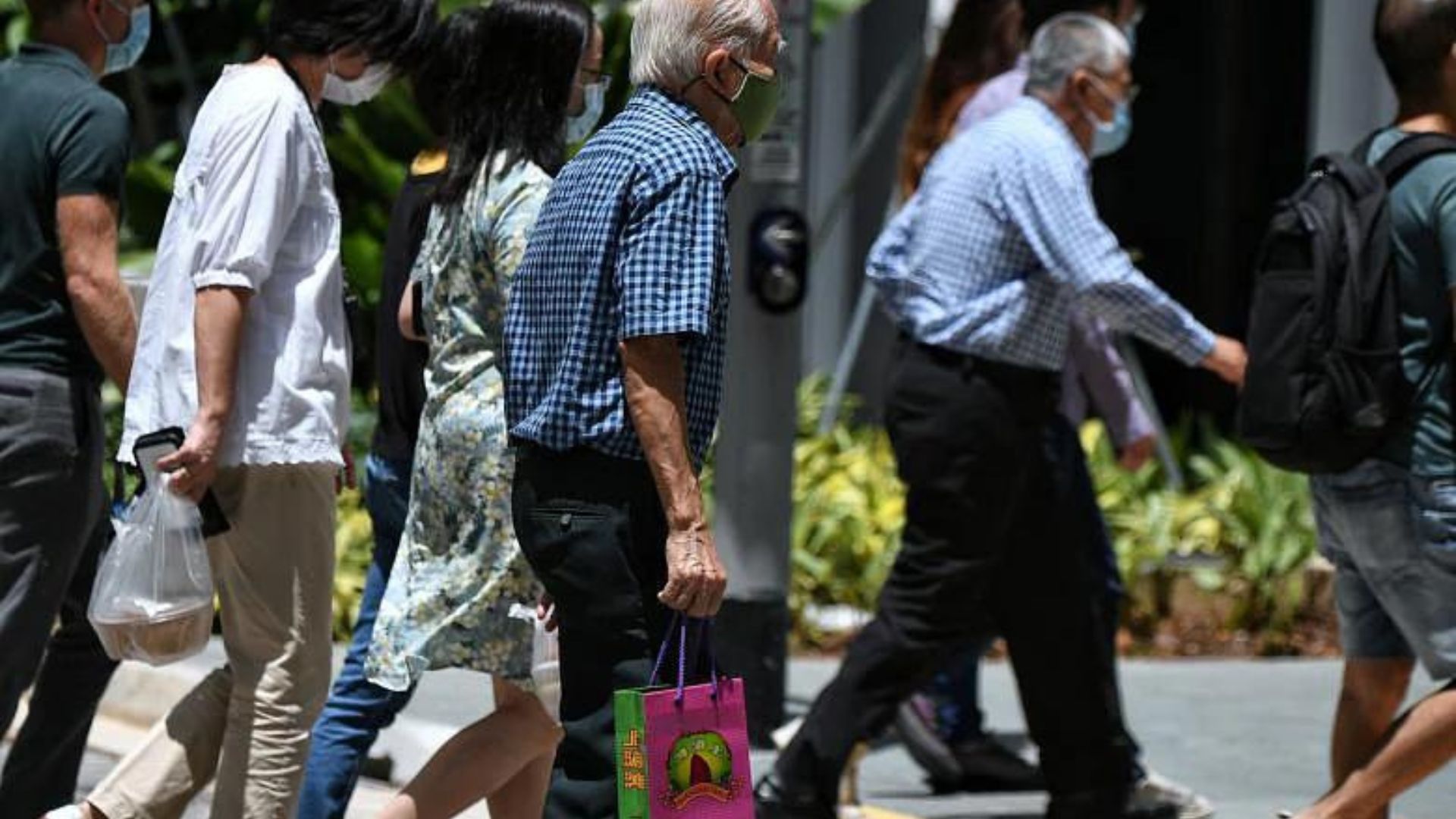
In 2005, the Tripartite Committee on Employability of Older Workers was set up and in the findings of its 2007 report, the body recommended a four-pronged approach to give added help to seniors: expanding employment opportunities for older workers, enhancing the cost competitiveness of older workers, raising their skills and value, and shaping positive perceptions towards older workers.
The results have been positive. Singaporeans largely want to continue working for as long as possible to remain financially independent. Employers in Singapore also actively encourage older employees to continue working; only a few companies here encourage early retirement.
Drawing on his experience, Mr Tan feels that the government should come up with a medical plan to help caregivers of elderly parents as well. He is concerned that should both his father and him use up their Medisave accounts to pay for his mother’s medical treatments, he will not have enough to offset his future medical costs when he gets older.
“There also should be a more comprehensive way to assess who is eligible for subsidised financial and other help, besides just the means test. The household debt levels need to be considered as well,” he says.
RELATED: Ageing in Place: Getting the fundamentals of healthcare in place in Singapore
Join the conversations on TheHomeGround Asia’s Facebook and Instagram, and get the latest updates via Telegram.
